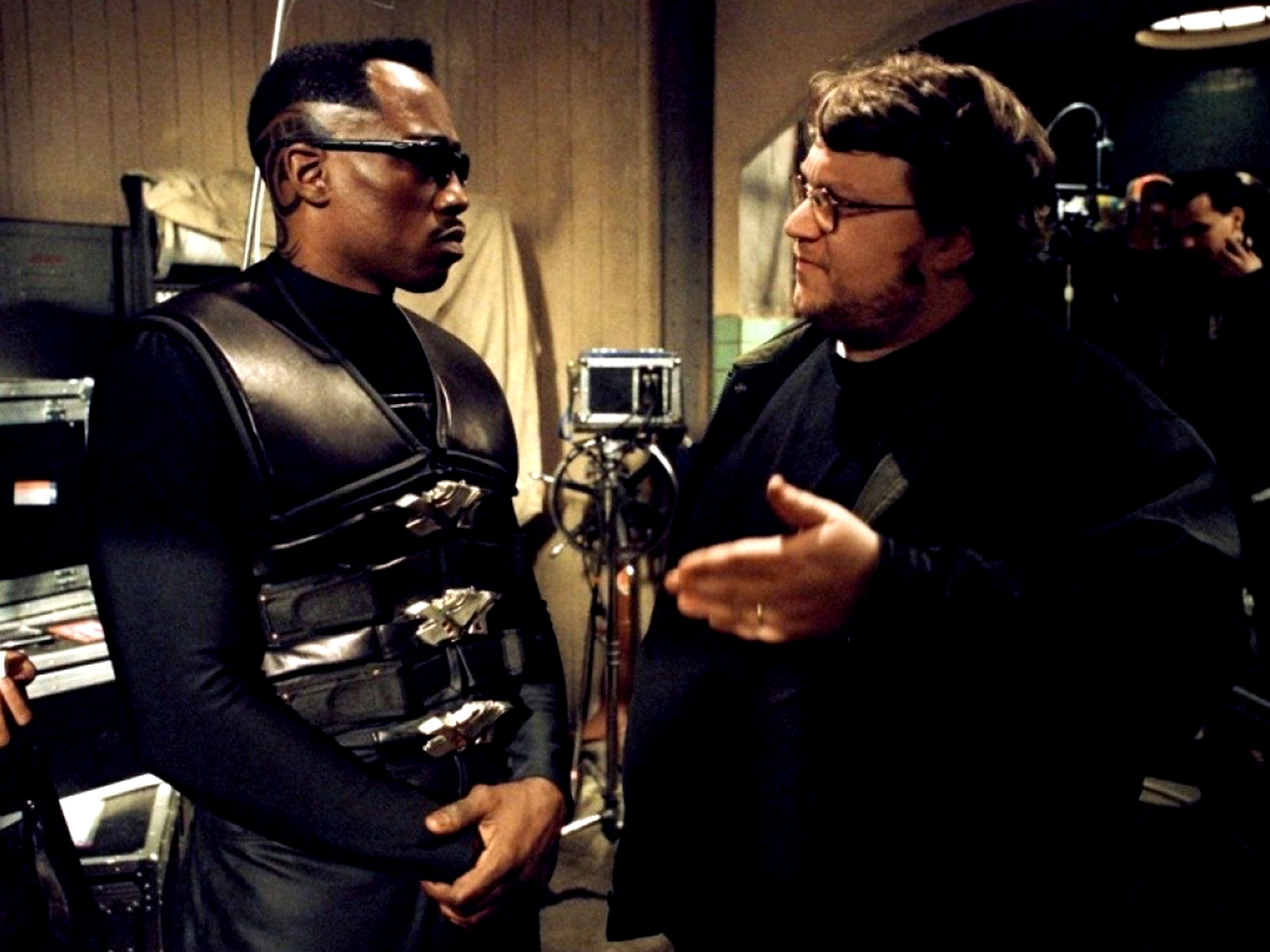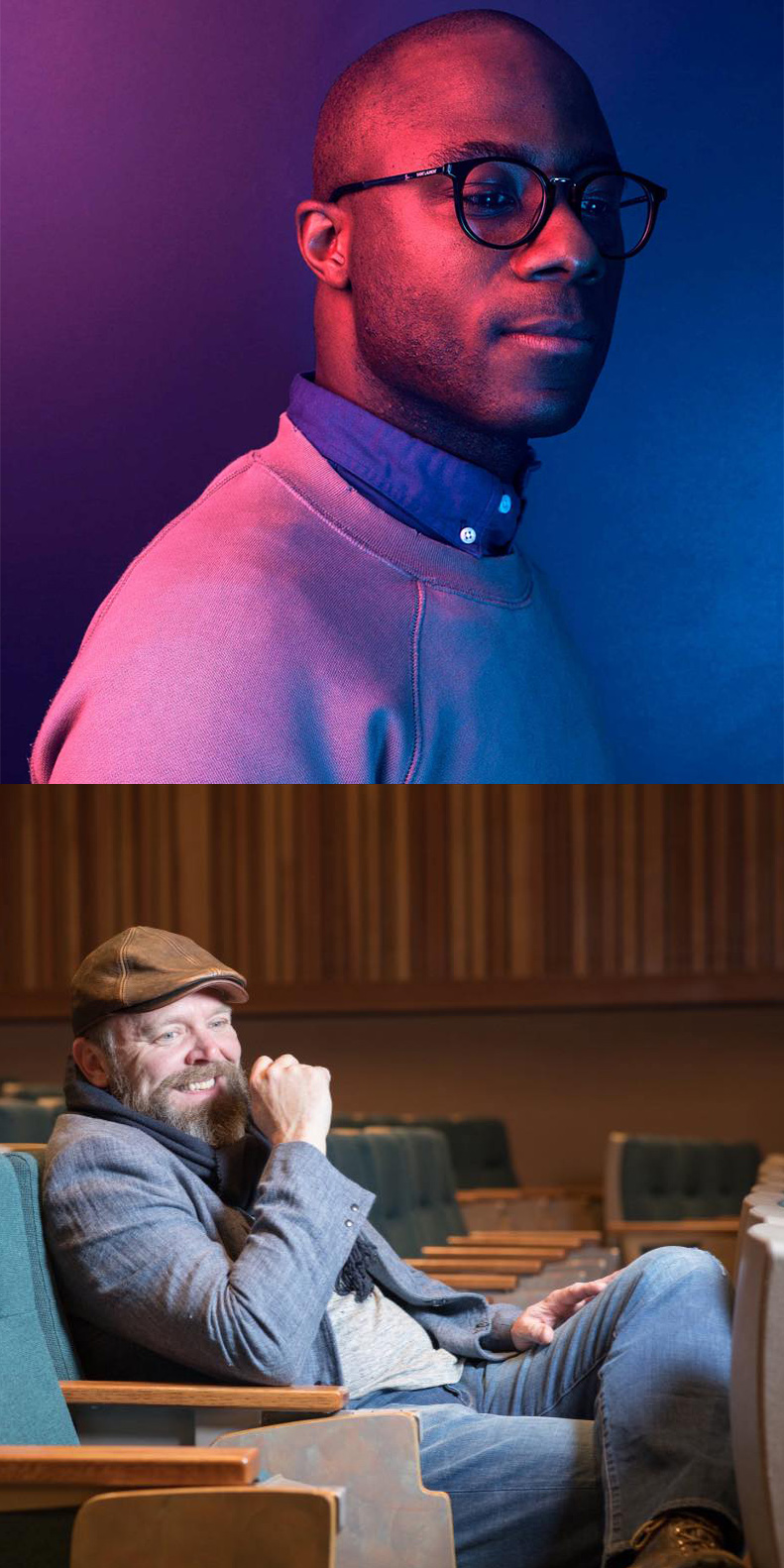A Star-studded Roundtable Chimes In
We’ve heard from the fans. Today we hear from the filmmakers. Five of them, in fact, as we’ve whipped together something special for 50 MPH listeners this week. Call it a directors roundtable of sorts, with a quintet of top-tier filmmakers chiming in with their love and admiration for Speed and director Jan de Bont’s exceptional execution of the thrill ride of 1994.

First up, there’s the Oscar-winning director of Pan’s Labyrinth and The Shape of Water, Guillermo del Toro. Del Toro actually has a professional history with de Bont after the two collaborated once upon a time on the project that ultimately became The Meg, later directed by Jon Turteltaub and starring Jason Statham. Among other things, del Toro speaks in particular to Speed‘s place as an action movie
“I think when you approach an action movie, it can be The Train by Frankenheimer or Ronin by Frankenheimer or Speed or The Rock, they are all – Die Hard – incredible exercises in economy of storytelling in terms of the dramaturgy of it,” del Toro says. “It becomes a perpetual movement machine. And that machine needs to be engineered by someone that knows how to do it for real, because if you take the approach of the short cut, of the digital thing, somebody is going to be there to supervise or produce that effect. It’s really, really numbing, for the audience and the director and everything. And the fact is, when somebody like Jan comes from a physical, meaning imprinting the moment in silver on a piece of film – you know, that discipline with models, with real stunts – there is no substitute. I think Speed is one of these perfect perpetual movement machines.”

Next up, another former collaborator of de Bont’s, and indeed, a filmmaker with whom he shares half a century of history: Paul Verhoeven, director of sci-fi classics like RoboCop and Total Recall and, more to the point, dramas like Turkish Delight and Basic Instinct, which de Bont shot as a cinematographer. Verhoeven has a lot of context for de Bont’s early artistic awakening, but he also recalls being there for his friend’s biggest Hollywood triumph.
“I didn’t know that he had the ambition to become a director,” Verhoeven says. “I was there at the premiere of Speed and I was sitting next to him. I remember that and I was so happy, basically, that it worked, you know? That the movie was such a success. I was stunned, basically, at how good it was. I was so impressed. It was all done without pushing it. It felt very natural. It never felt tricky. It all felt very real. Even basically jumping over an enormous amount of distance over the freeway without breaking up or whatever. I saw it and I thought, ‘It’s not possible. What are they going to do?’ And, [whistle sound], go over it, and it worked, you know? Everything worked. That’s not always the case when making an action movie.”
If Verhoeven marks de Bont’s oldest and perhaps most notable collaborator on the global stage, John McTiernan is certainly the American director with whom de Bont is most often associated. The two collaborated on both Die Hard and The Hunt for Red October just before de Bont made the transition to directing. In a rare interview, McTiernan provides a lot of context for the old-school mentality he and de Bont were looking to shake up in the late-80s.

“When we started doing Die Hard, there were still rules about, ‘well, you can’t cut until the camera stops moving,’ and all that stuff,” McTiernan says. “And we had bozos behind us in the studio, you know, the junior executives who are always trying to undercut anybody working on a movie so they can advance themselves. And that was what it was like at the time, all those old sort of 1940s rules. And Janny and I both wanted to break all those rules. The other side was, we had all these people who would come to the dailies just because it wasn’t standard master, medium and close-up nonsense. It was, like, ‘Wow, these are interesting shots!'”
McTiernan also has an incredible nugget about how he worked with de Bont to ease Speed star Keanu Reeves into the role of stoic action hero. Check out the video below for that.

Rounding things out, two filmmakers with no professional connection to de Bont but who both hold him and Speed in high regard — and they couldn’t be too different filmmakers in their own right. Barry Jenkins is the Oscar-winning director of Moonlight and If Beale Street Could Talk, with a massive level up on the way in the form of Disney’s Mufasa: The Lion King. Joe Carnahan, meanwhile, burst onto the scene with 1998’s Blood, Guts, Bullets and Octane and particularly 2002’s acclaimed indie drama Narc before making his way both through the studio system (The A-Team) and outside of it (The Grey, Boss Level).
“The real rush I get out of watching Speed is I am watching a director who is directing for their life,” Jenkins says. “I mean, Jan de Bont is directing for his fucking life. When I think of the film that way, I think of Damien [Chazelle] making Whiplash. I think of Greta [Gerwig] making Lady Bird. And when I watch Speed, I see Jan de Bont, who’s this DP and now he’s got his shot, and he is just directing for his life. And the zeal I see in that – I mean, the movie is so impressive. I watch it and my jaw is just open the entire time.”
Adds Carnahan, who was particularly taken with the practical magic of Speed: “We’re still capable of all that stuff. I just think we’ve shifted everything into the digital computing, you know, realm. That dinosaur running across the meadow in broad daylight was kind of Pandora’s box, dude. It was great for what it did, and also, equally, you could argue, negative for what it did, because then it’s, like, ‘Well, shit. Just give it to the computer guys. Let them do it. Why do we have to do that? Why do we have to go out there? Why do we have to shoot any of this stuff?’ And I think that you see it reflected in all of the little minutiae. The actor’s performance. These things are not just ephemeral. They’re very, very visceral. You feel them.”
All of that and so, so much more in this week’s episode of 50 MPH!
